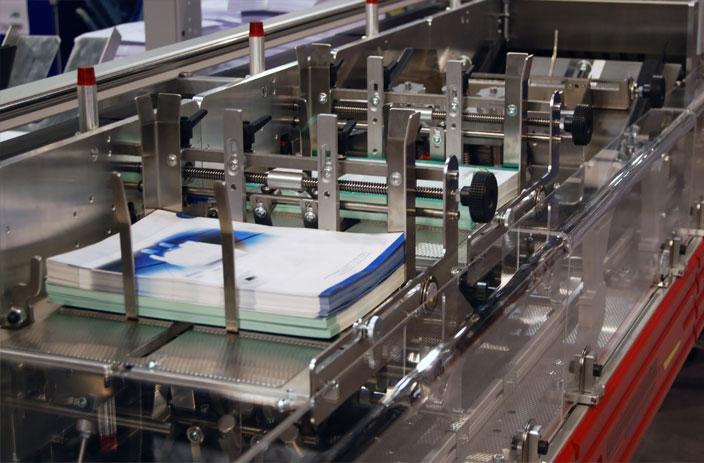
Any Input Format
Collect incoming documents and data from all source and legacy systems via integrated interfaces – regardless of the format.

Error-Free Processing
Automatic processing and preparation of documents ensures consistently high quality and compliance – while saving time and costs.

Omnichannel Distribution
Automatic conversion to the appropriate output format for all digital and physical channels – including archiving and creation of accessible documents.

Postage Optimization
Bundle and sort mail intelligently to make the most of postage discounts.

Scalable and Reliable
Scalable computing power adapts dynamically to mailing volumes, efficiently managing even peak loads on time.

Monitoring and Reporting
Monitor the entire document production to best control your processes and demonstrate compliance in audits.
























